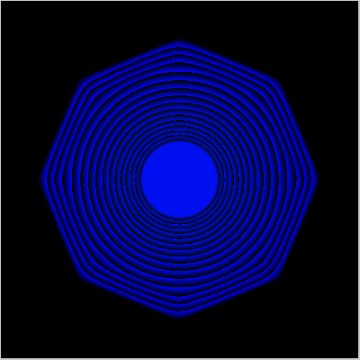To understand non-fungible tokens (NFTs), let’s first learn what is NOT an NFT.
A 100 rupees banknote is not an NFT, because 100 rupees notes have the same value and can be replaced by one another. In the case of NFTs, each NFT is unique and cannot be replaced by another.
For example, Rahul Dravid NFT does not have the same value as Sachin Tendulkar's NFT. But a 100 rupee note in Dravid’s pocket will have the same value as a 100 rupee note in Tendulkar’s pocket.
Beyond sports memorabilia, NFTs can be used to represent digital art, music, video, game characters, and rare in-game items. It could also represent part of virtual real estate which you can buy and rent. Companies can use NFTs as a form of loyalty points or rewards.
Even in the physical world, NFT could be issued to represent ownership of a certain car model, ownership of which gets transferred when the car is sold. Here are some of the popular marketplaces for you to explore the world of NFTs:
From digital art to sports, to event tickets, tweets, and even internet memes have found a place in the world of NFTs.
Central and southern Asia are leaders in web traffic to NFT marketplaces, making for about 35 per cent of the $22 billion in the global NFT trades, according to Chainalysis Inc data accessed by Mint in June 2022.
Where did it all start?
The story of NFTs started in May 2014, when two digital artists Kevin McCoy and Anil Dash created Quantum. It is a hypnotic video of an octagon filled with circles, arcs seemingly emerging from the same center. (artwork below)

That’s all from N for NFTs. If you recall any other Web3 terms starting from the letter N, please leave a comment and I will include them in later editions.
Until next time!
PS: I am working on being more regular, thanks for sticking with me.


